We put the OnePlus 11 through our rigorous DXOMARK Audio test suite to measure its performance both at recording sound using its built-in microphones, and at playing audio back through its speakers.
In this review, we will break down how it fared in a variety of tests and several common use cases.
Overview
Key audio specifications include:
- Top front firing, bottom side firing
- No jack audio output
Scoring
Sub-scores and attributes included in the calculations of the global score.
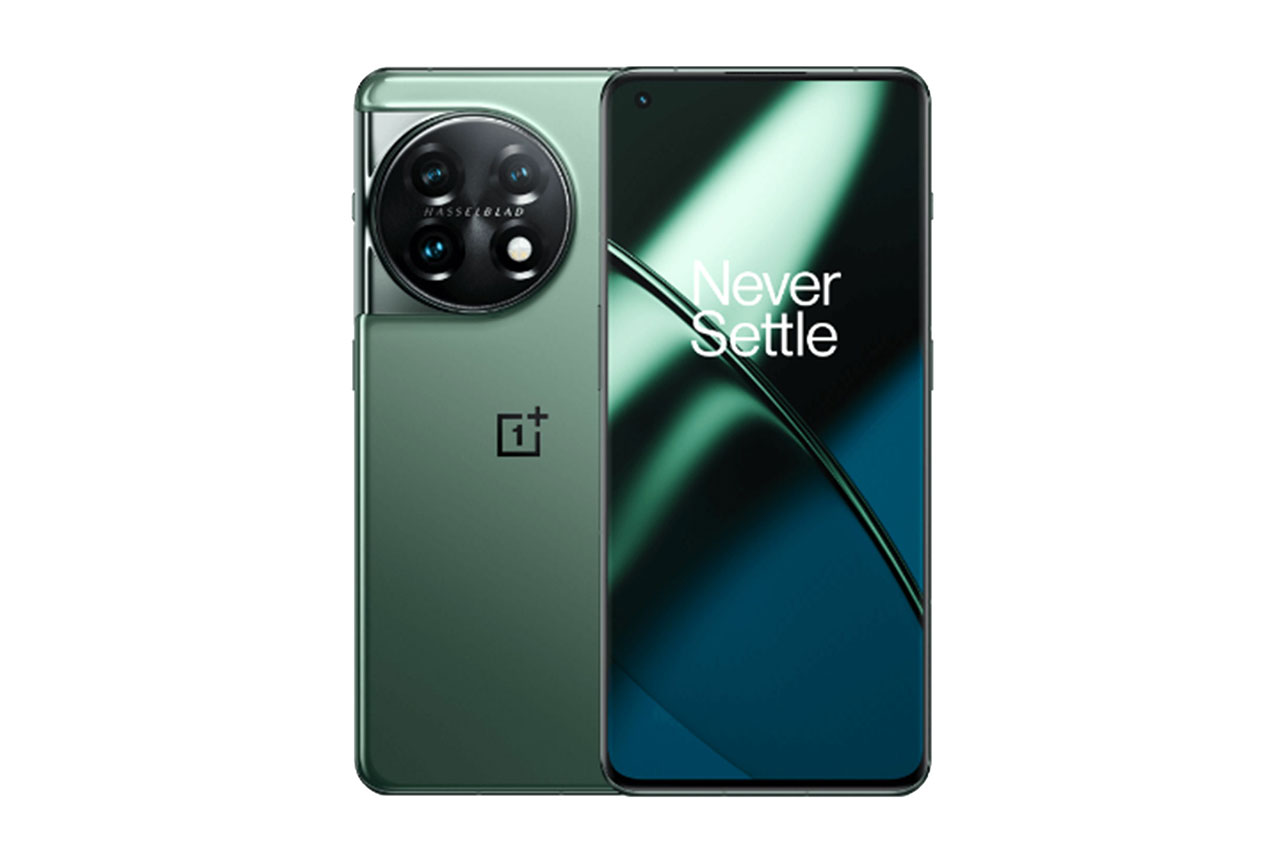
OnePlus 11


 76th
76th 18th
18thPlayback
Cons
- Midrange-centric overall tonal balance
- Weak dynamics performance
Recording
Cons
- No audio zoom despite an option for it in settings
- Limited recording wideness
The OnePlus 11 audio performance was generally quite decent, especially in recording. Playback experience was mostly artifacts-free, but the tonal balance could have used a bit more high- and low-end, as timbre sounded very midrange-centric. In the dynamics area, the device also lacked sharpness and punch. Spatial performance was good, on the other hand, despite a narrow wideness.
The OnePlus 11’s strong suit was its overall recording capabilities, with a very good performance in all attributes and especially in timbre. Tonal balance provided a bright and lively treble in urban and outdoor scenarios, with a slightly duller sonority in calm and indoor contexts. Performance in dynamics was very good, especially with the main camera. The device also offered a great recording loudness in every use case, and performed well in high-SPL conditions such as concerts. Additionally, it proved to be quite resilient in the presence of winds — light or strong — when using the camera app, thanks to finely tuned algorithms. However, in memo recordings, the device was less performant when facing strong winds. Lastly, the OnePlus 11 was unable to deliver audio-zoom capabilities despite featuring an option for it.
Test summary
About DXOMARK Audio tests: For scoring and analysis in our smartphone audio reviews, DXOMARK engineers perform a variety of objective tests and undertake more than 20 hours of perceptual evaluation under controlled lab conditions.
(For more details about our Playback protocol, click here; for more details about our Recording protocol, click here.)
The following section gathers key elements of our exhaustive tests and analyses performed in DXOMARK laboratories. Detailed performance evaluations under the form of reports are available upon request. Do not hesitate to contact us.
Playback
OnePlus 11
163
DXOMARK engineers test playback through the smartphone speakers, whose performance is evaluated in our labs and in real-life conditions, using default apps and settings.
Listen to the tested smartphone’s playback performance in this comparison with some of its competitors:

Timbre
OnePlus 11
158
The Timbre score represents how well a phone reproduces sound across the audible tonal range and takes into account bass, midrange, treble, tonal balance, and volume dependency. It is the most important attribute for playback.

Dynamics
OnePlus 11
149
The Dynamics score measures the accuracy of changes in the energy level of sound sources, for example how precisely a bass note is reproduced or the impact sound from drums.
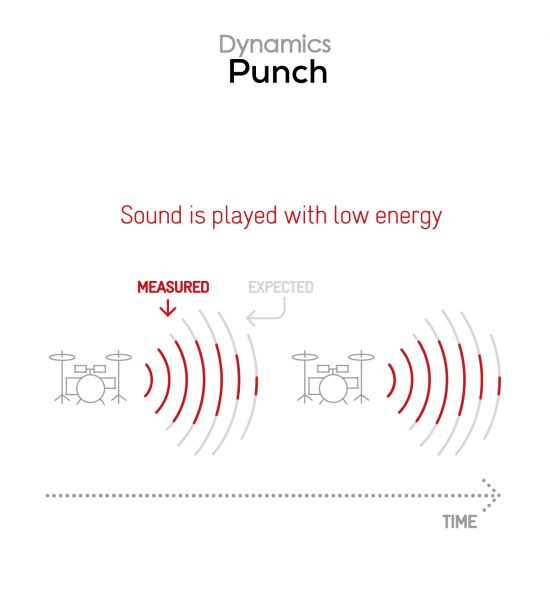
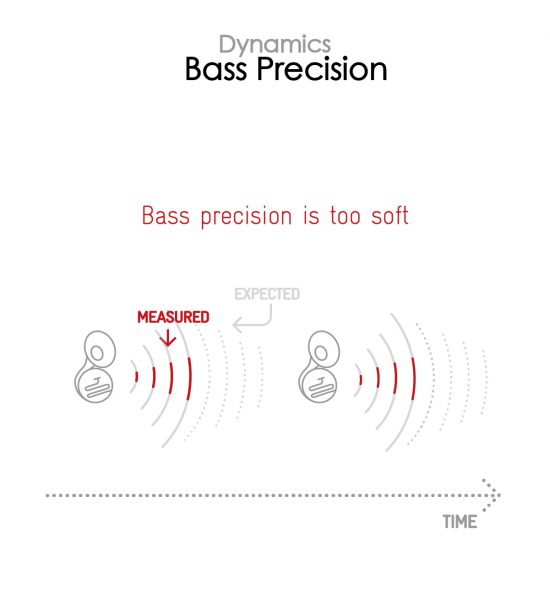

Spatial
OnePlus 11
162
The sub-attributes for spatial tests include pinpointing a specific sound's location, its positional balance, distance, and wideness.

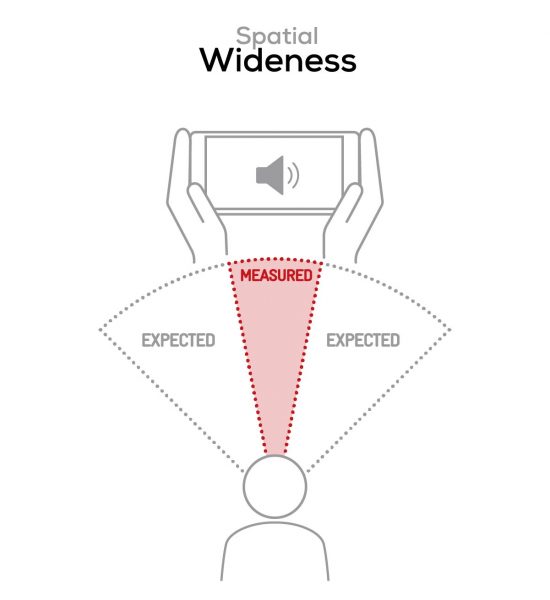

Volume
OnePlus 11
162
The Volume score represents the overall loudness of a smartphone and how smoothly volume increases and decreases based on user input.
| Hip-Hop | Classical | |
| OnePlus 11 | 73.6 dBA | 72.5 dBA |
| Apple iPhone 14 | 74.8 dBA | 71.9 dBA |
| Google Pixel 7 Pro | 73.1 dBA | 68 dBA |

Artifacts
OnePlus 11
157
The Artifacts score measures the extent to which the sound is affected by various types of distortion. The higher the score, the less the disturbances in the sound are noticeable. Distortion can occur because of sound processing in the device and because of the quality of the speakers.
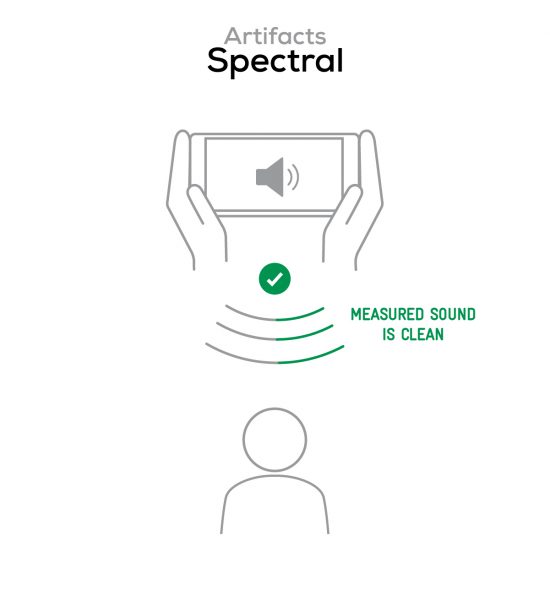
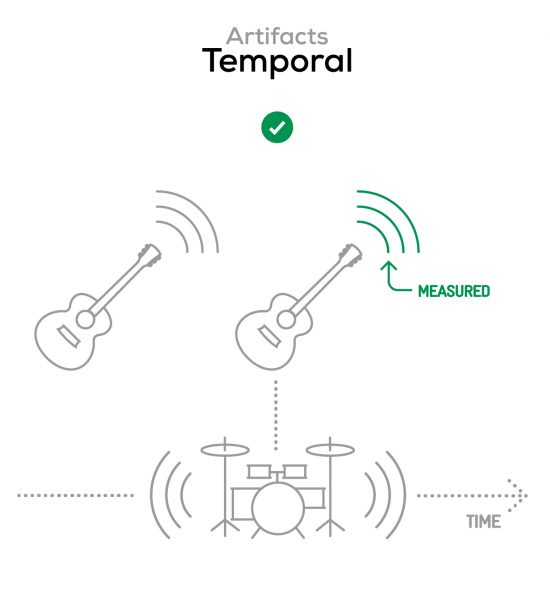
It represents the distortion and noise of the device playing our test signal (0 dB Fs, Sweep Sine in an anechoic box at 40 cm) at the device's maximum volume.
Recording
OnePlus 11
160
DXOMARK engineers test recording by evaluating the recorded files on reference audio equipment. Those recordings are done in our labs and in real-life conditions, using default apps and settings.
Here is how the OnePlus 11 performs in recording use cases compared to its competitors:

Timbre
OnePlus 11
147
The Timbre score represents how well a phone captures sounds across the audible tonal range and takes into account bass, midrange, treble, and tonal balance. It is the most important attribute for recording.

Dynamics
OnePlus 11
146
The Dynamics score measures the accuracy of changes in the energy level of sound sources, for example how precisely a voice's plosives (the p's, t's and k's, for example) are reproduced. The score also considers the Signal-to-Noise Ratio (SNR), for example how loud the main voice is compared to the background noise.
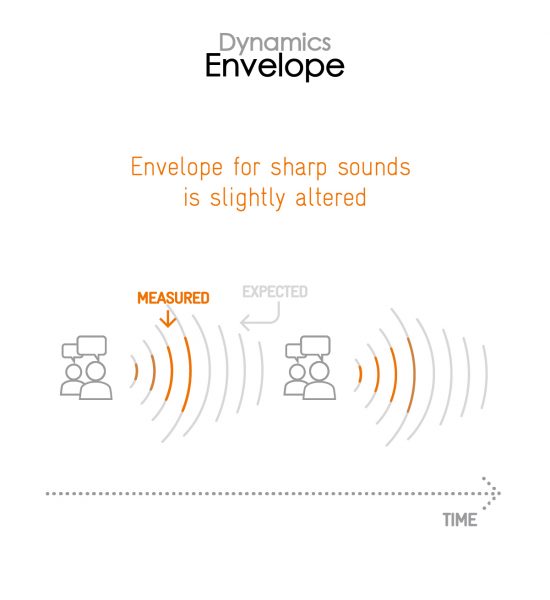
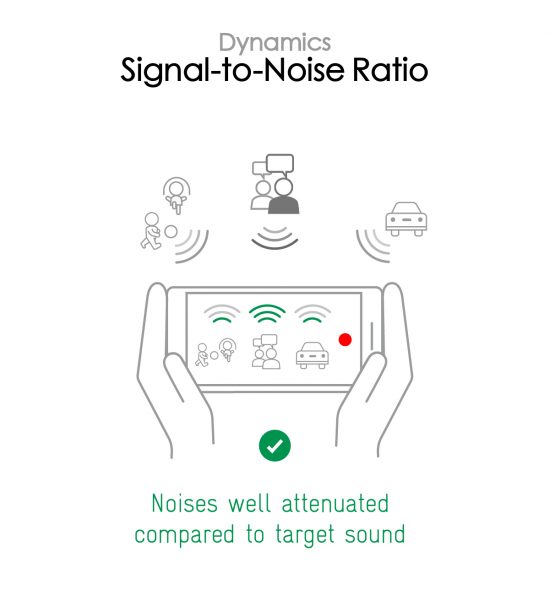

Spatial
OnePlus 11
159
The sub-attributes for spatial tests include pinpointing a specific sound's location, its positional balance, distance, and wideness on the recorded audio files.
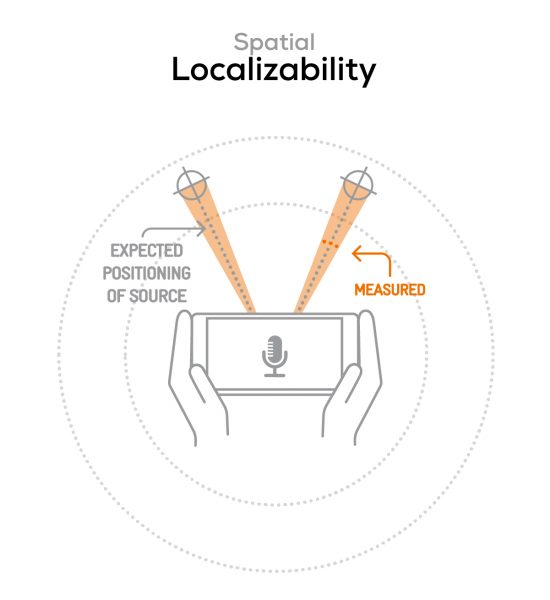
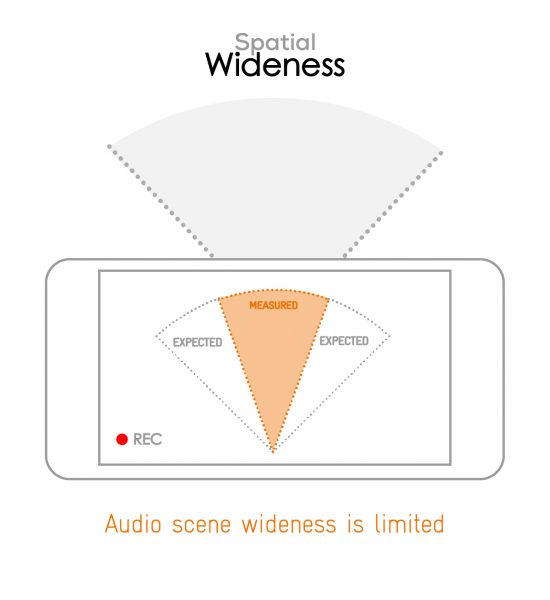

Volume
OnePlus 11
170
The Volume score represents how loud audio is normalized on the recorded files and the how the device handles loud environments, such as electronic concerts, when recording.
| Meeting | Life Video | Selfie Video | Memo | |
| OnePlus 11 | -24.3 LUFS | -18.1 LUFS | -16.8 LUFS | -17.3 LUFS |
| Apple iPhone 14 | -23.8 LUFS | -22.5 LUFS | -20.5 LUFS | -18.7 LUFS |
| Google Pixel 7 Pro | -29.8 LUFS | -19.2 LUFS | -17.1 LUFS | -22.4 LUFS |

Artifacts
OnePlus 11
145
The Artifacts score measures the extent to which the recorded sounds are affected by various types of distortions. The higher the score, the less the disturbances in the sound are noticeable. Distortions can occur because of sound processing in the device and the quality of the microphones, as well as user handling, such as how the phone is held.
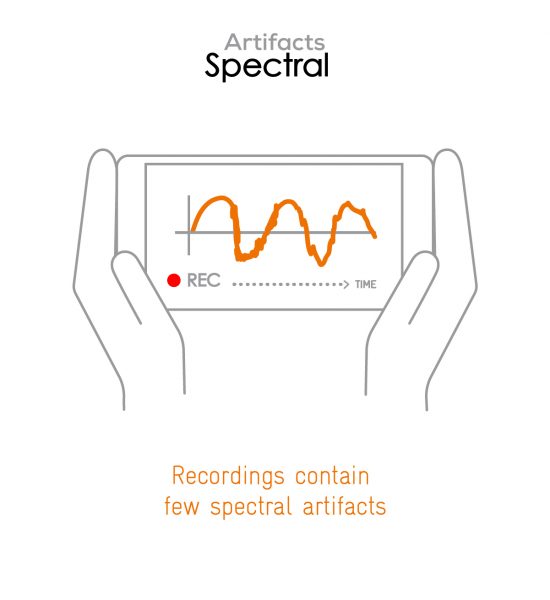
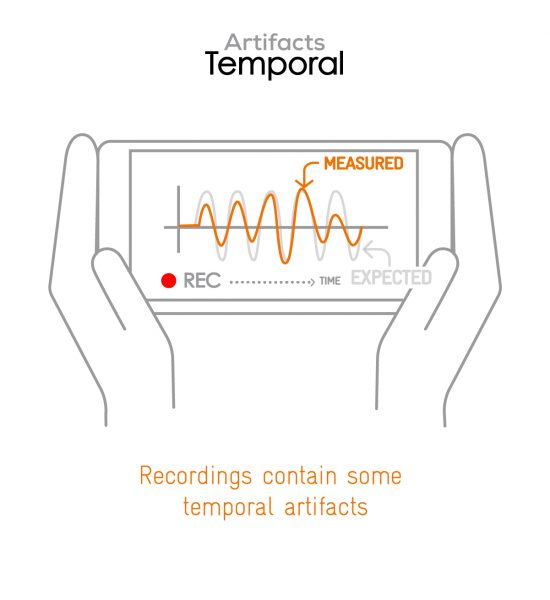
In this audio comparison, you can listen to the way this smartphone handles wind noise relative to its competitors:

Background
OnePlus 11
166
Background evaluates how natural the various sounds around a voice blend into the video recording file. For example, when recording a speech at an event, the background should not interfere with the main voice, yet it should provide some context of the surroundings.
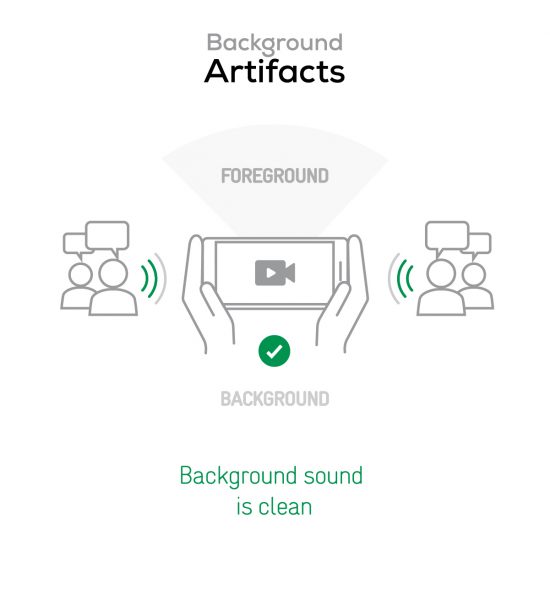
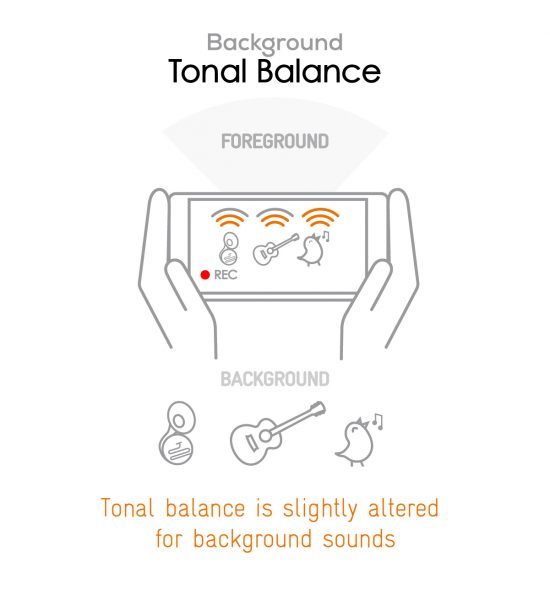



DXOMARK encourages its readers to share comments on the articles. To read or post comments, Disqus cookies are required. Change your Cookies Preferences and read more about our Comment Policy.